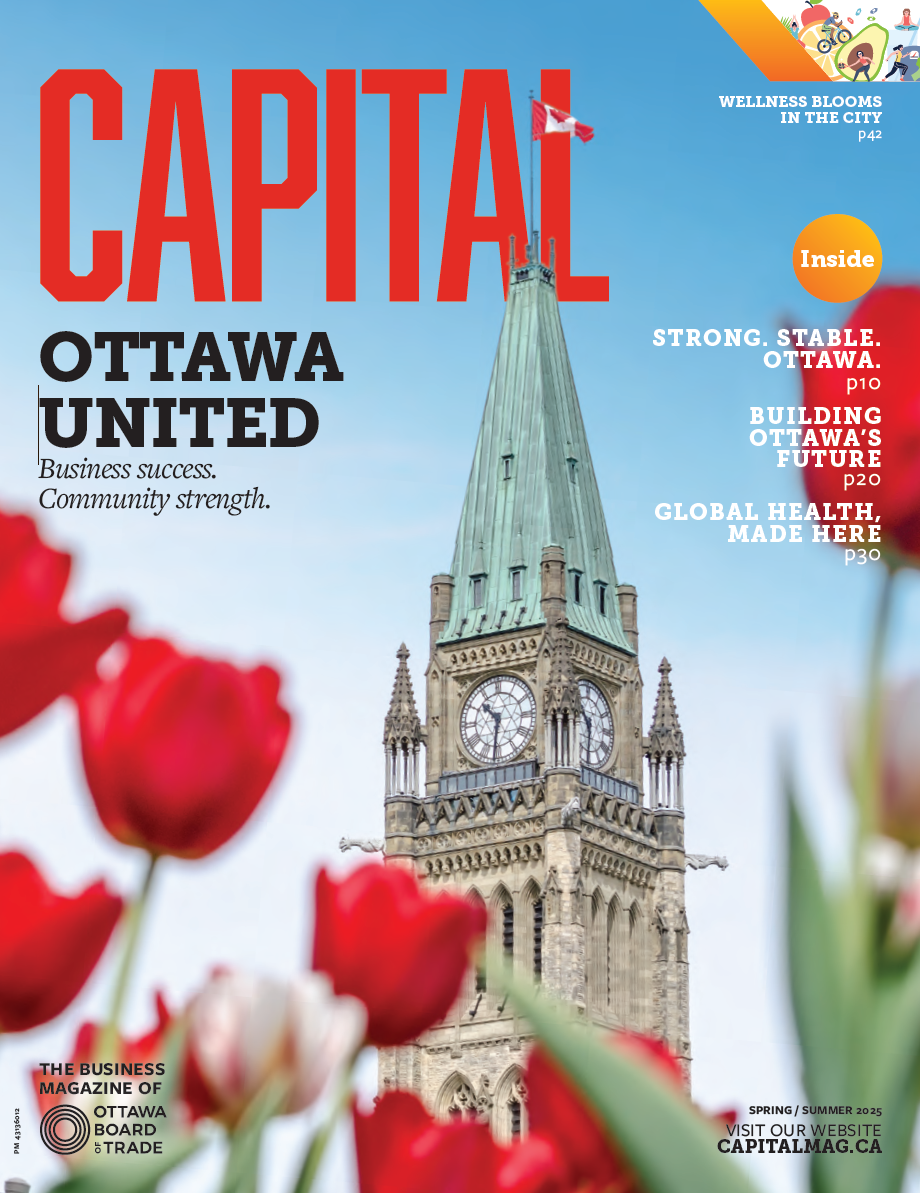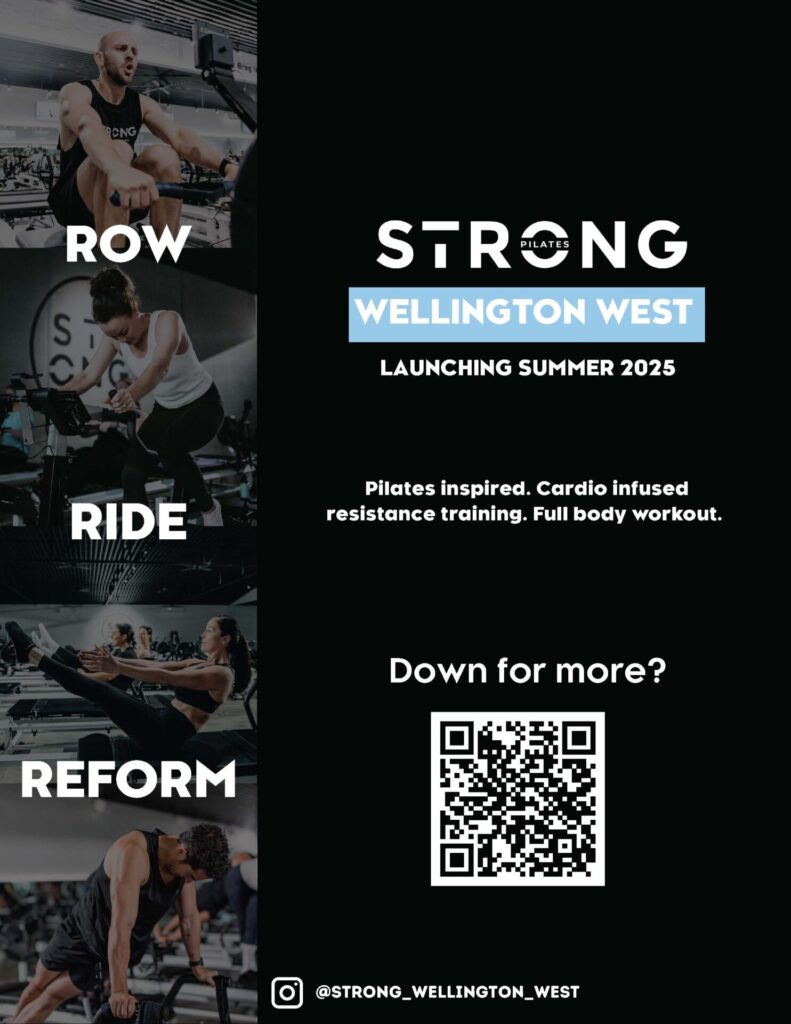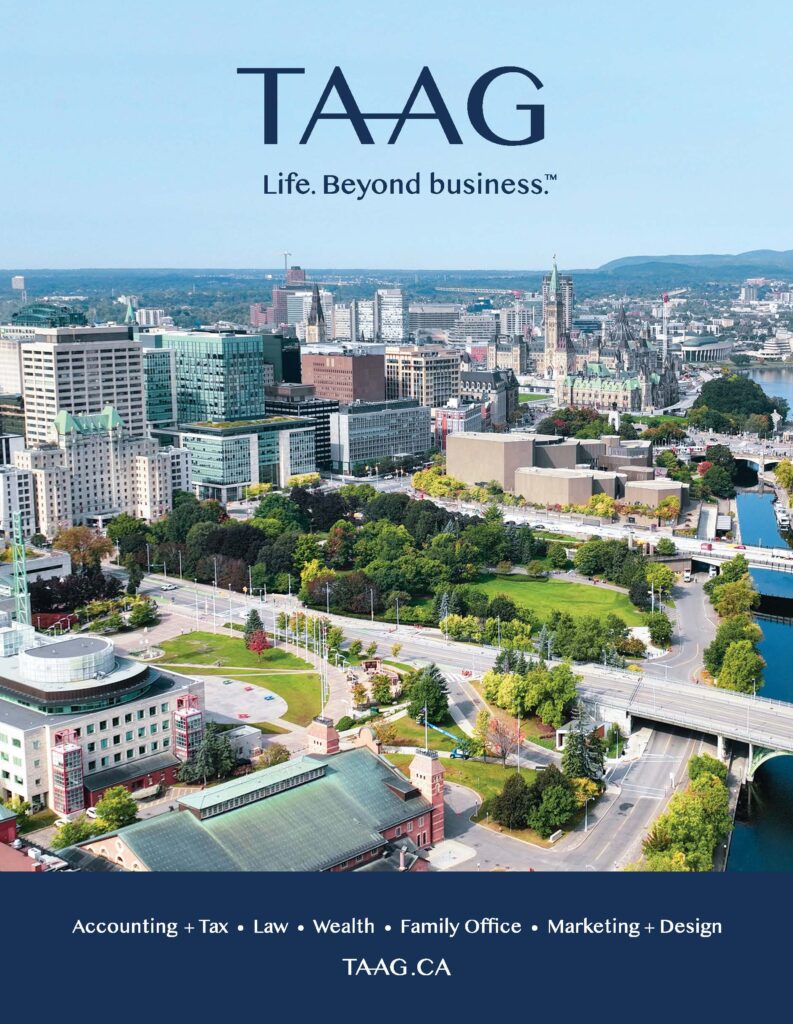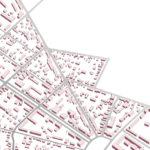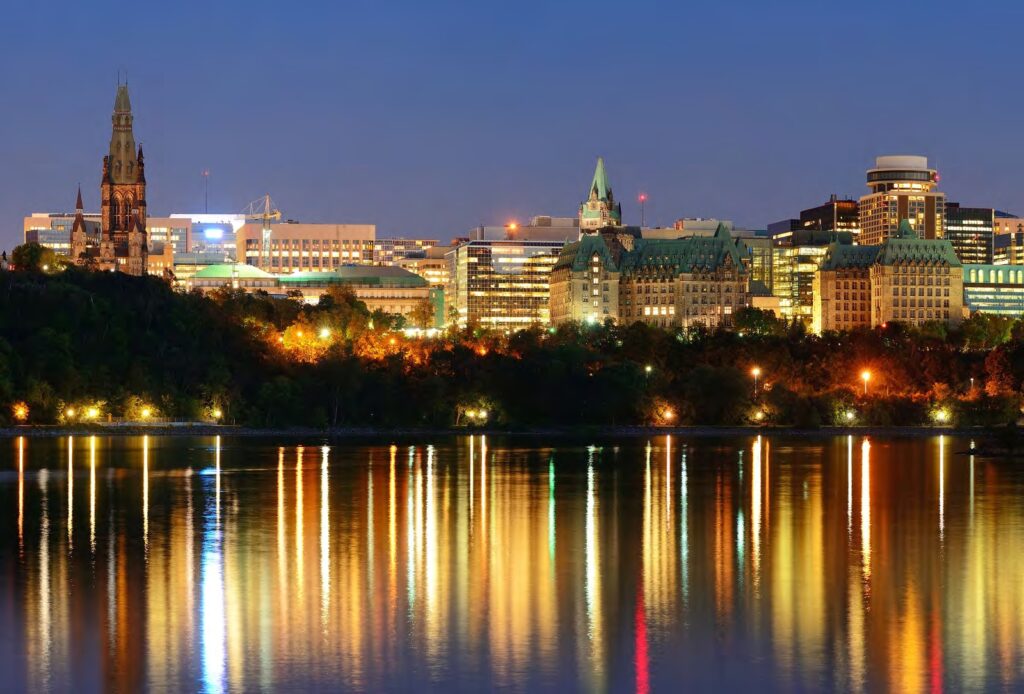Bold Ottawa Plan Projects Mid-Century Vision of a Green, Dynamic World Class City
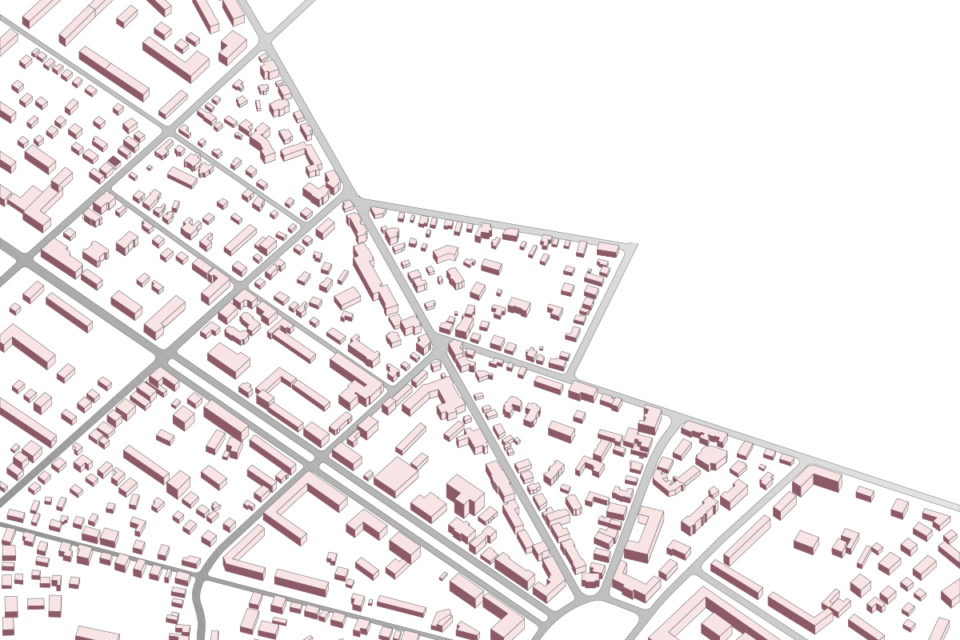
By Jeff Buckstein
Ottawa will be a thriving, green-friendly city that will continue to balance prosperous economic growth and pleasant neighbourhood livability, earning increased world recognition by 2046, according to the City’s New Official Plan.
“We are thinking of the city in a very different way than in the 20th century,” says Alain Miguelez, the City’s Manager of Planning Policy & Resiliency. “The needs of families in the 21st century are different, and we have to think in terms of ‘what do we need to make sure the city is making very desirable neighbourhoods as available as possible to people who want to live in them?’
“That’s the whole point of this Official Plan. It’s about generating the excitement of new ideas for the city,” he explains.
By 2046, Ottawa is projected to have a population of 1.4 million.
When Gatineau and the surrounding municipalities in Ontario and Quebec are added, that increases to approximately two million people. The National Capital Region will also be a major economic force in the Toronto-Ottawa-Montreal megaregion, the largest megaregion in Canada and one of the largest in North America with about 18 million people living and working there.
“We have the central position in this megaregion, and that means a number of things. It is a major strategic and economic advantage. It means a bigger role for our airport. A way to diversify our economy, and to collaborate with Toronto and Montreal in terms of the business opportunities and areas of specialization that we have,” says Miguelez.
The Official Plan also contains reserved corridors for high speed rail in the megaregion, part of the network of enhanced transportation options that will become available to residents of Ottawa over the next quarter century.
Expanded downtown core
The Official Plan doubles the size of Ottawa’s downtown core to reflect the reality that with more than 150,000 people currently living and working in the greater downtown core, the old “central area” designation that has existed in city planning since 1969 has long been outgrown.
In 2021, for the first time, the Plan’s downtown core puts Ottawa’s downtown within a larger metropolitan core that includes Gatineau’s downtown. It also contains a newly developed LeBreton Flats, an expanding Bayview Yards innovation district and growing Innovation Centre, and the Zibi project, a new community planned on 14 hectares of land on both sides of, as well as crossing the
Ottawa River, bridging Ottawa and Gatineau. It will also be home to 5,000 residents and 6,000 jobs.
The development of LeBreton Flats, which has remained largely untouched since the land was expropriated during the 1960s, is a key goal for the City over the next quarter century. LeBreton will feature a whole array of new public and private spaces in which to live and work. This new community will reflect how “we have built a downtown where one block leads to the next, and it’s a pleasure to keep walking because there’s always something that gives you another point of interest that you want to discover,” says Miguelez.
“The NCC is driving that process as the principal land owner. Our Official Plan will make it very easy, very speedy, and as red tape free as possible to do it. We are also hopeful that the Ottawa Senators will eventually play their home games at LeBreton, so we have removed all barriers for all that to happen,” explains Miguelez.
Also located at LeBreton will be the new Ottawa Public Library.
“The Library and Archives Canada project is the first joint federal municipal project of its kind. It is going to act as the spark or catalyst for the rest of LeBreton Flats,” says Ottawa Mayor Jim Watson.
The Official Plan promotes the growth and success of local businesses in various sectors, including manufacturing, high tech, and the service economy, among others. Several special opportunity economic districts have been designated in the City, including the high tech district in Kanata North.
“Kanata North has sustained growth since its inception, but in order to maintain its competitiveness, a number of planning-related challenges require solutions,” the Official Plan states. “Enhancing mobility options, mixed-use development and urban design will contribute to the quality of life for those who live, work, learn and play in Kanata North and boost its ability to compete for talent.”
Designating Kanata North as a special district through land use planning will provide it with the opportunity to maintain itself as an economic generator over the next 25 years, the Plan notes.
Other special opportunity districts include Bayview Yards, the Orleans corridor along the O-train, and the Ottawa International Airport. “These were strategic moves to balance opportunity across the city and position lands strategically across corridors,” explains Miguelez.
Other local venues also figure prominently in future economic plans.
“The ByWard Market Plan will revitalize our most cherished tourism district, to help us attract business from around the world. The Market is celebrating its 200th anniversary in 2027, and we look forward to a great event, modelled on the success of Ottawa 2017,” says Watson.
Area X.O will play a key role in defining the future of autonomous vehicles and the growth of Ottawa’s high tech community, Watson adds.
Ottawa will continue to cultivate the strong, solid partnerships it enjoys with both the federal and provincial governments in areas such as transit funding and housing. Larger cities such as Ottawa have very serious challenges with respect to growth and affordability and require these healthy relationships to stay successful, explains Miguelez.
New and revitalized neighbourhoods
The Official Plan contains an agenda for both the development of new communities and the regeneration of existing ones.
The new neighbourhoods will offer a much more diverse blend of homes, rather than just single homes or townhouses. They will be arranged in street grids that are very highly connected and walkable.
In addition to residences, these neighbourhoods will contain small businesses, including stores, along with schools, day care facilities, and parks for recreation and play.
One planned new community is the Tewin community in southeastern Ottawa, at the 417 interchange, just next to where the Amazon distribution facility is located.
Tewin will be “a livable community where people can function on foot, where the feeling is neighbourly. It will feel like it’s own real mini-city, with its own collection of neighbourhoods that feel both urban and walkable, and at the same time will have close contact with nature and green space, which is so important,” says Miguelez.
For the regeneration efforts that are undertaken in older, existing neighbourhoods “we have to think of how we are allowing them to continue to welcome new generations. We want them to be recognizable to the way they are today, green, leafy, low rise neighbourhoods,” he notes.
The Official Plan refers to “15 minute neighbourhoods” whereby the majority of residents are located within a 15 minute walk to a designated Hub or Corridor that will provide “diverse concentrations of commercial, community, and transportation services.”
The Official Plan notes that the City would like to reach a target whereby 60 per cent of development by 2046 consists of new dwelling units being built in existing neighbourhoods, with the remaining 40 per cent comprising the development of new neighbourhoods on undeveloped greenfield lands.
“Right now, we’ve got about 60 per cent growth in green-fields and 40 per cent through intensification. It’s going to take the next 25 years to gradually shift that over,” says Miguelez.
It is anticipated that the next quarter century will also deliver a thriving local arts, sports, and cultural scene, including music festivals for which Ottawa will be known world-wide.
“To support local artists, and cultural development more broadly, barriers will be reduced to enable artistic, music and culture events and expression. This includes allocating space in the public realm for cultural expression and ensuring an effective approach to zoning that nurtures cultural development,” says the Official Plan.
Expanded transportation network will anchor growth
The National Capital Region’s expanded public transit system will include five LRT lines, including one line into Gatineau, and a direct spur line to the airport, as well as six lines of transitway, including new lines extending to Orleans, Kanata, Stittsville, Barrhaven and Riverside South. There will also be multiple bus routes emanating from the O-Train and transitway, several of which will comprise 24-hour routes on key runs across the city.
“We consider those lines to be the skeletons of the city, by and large. We want to start to think in terms of the stations being a point of reference for mobility in each neighbourhood. We want more opportunities for people to avail themselves of walking distance proximity to be able to live close to those stations in a variety of different house types,” explains Miguelez.
For example, he says there will be a new town centre in Riverside South that will feel like a new mini-downtown serving that area, as a result of the extension of Line 2 to Limebank Station. This town centre will be built as a walkable area and become a new activity district and meeting place for residents living in that neighbourhood, anchored by the O-Train.
In spite of having more public transit options, it is anticipated that some people will still rely on cars in 2046, albeit vehicles that are electric and less harmful to the environment, for both in-city and out of town excursions. They are a reality because of how spread out
Ottawa has become. However, we all know that the days when most people can drive anywhere in five or ten minutes have long been gone, says Miguelez.
“We can’t grow livably as a city by assuming that everyone will drive single-occupant vehicles for everything they need to do. The whole point of intensification and 15-minute neighbourhoods is to grow as a city of proximities, rather than a city of distances, so that people will have more real choices on how to get around. Less people driving around helps everyone, including those who need to drive,” he elaborates.
Miguelez notes that fewer people are expected to commute to work five days a week, which will likely translate into the need for owning fewer cars. Moreover, many trips within the city are of a shorter length, so the Official Plan takes into account the need to “build our neighbourhoods in a way that would allow for some of those trips not to be motorized,” he says.
Moreover in a population that continues to age, there will be a significant number of residents who cannot drive, so city officials need to ensure “that we’re not isolating people by the way that we’ve built our transportation system. The car has a place, but going forward, we want to build the city in a way that’s a lot better balanced between the modes of transportation. That means restoring transit, walking, and biking to a more legitimate place in many of the options that people have,” Miguelez elaborates.
The Official Plan was released in November 2020 as a first draft. A revision is due early in the summer, which residents and business leaders are advised to keep a lookout for. Consultations will remain open until the Official Plan is finalized in the fall of 2021.
The Plan is available online at http://ottawa.ca.




